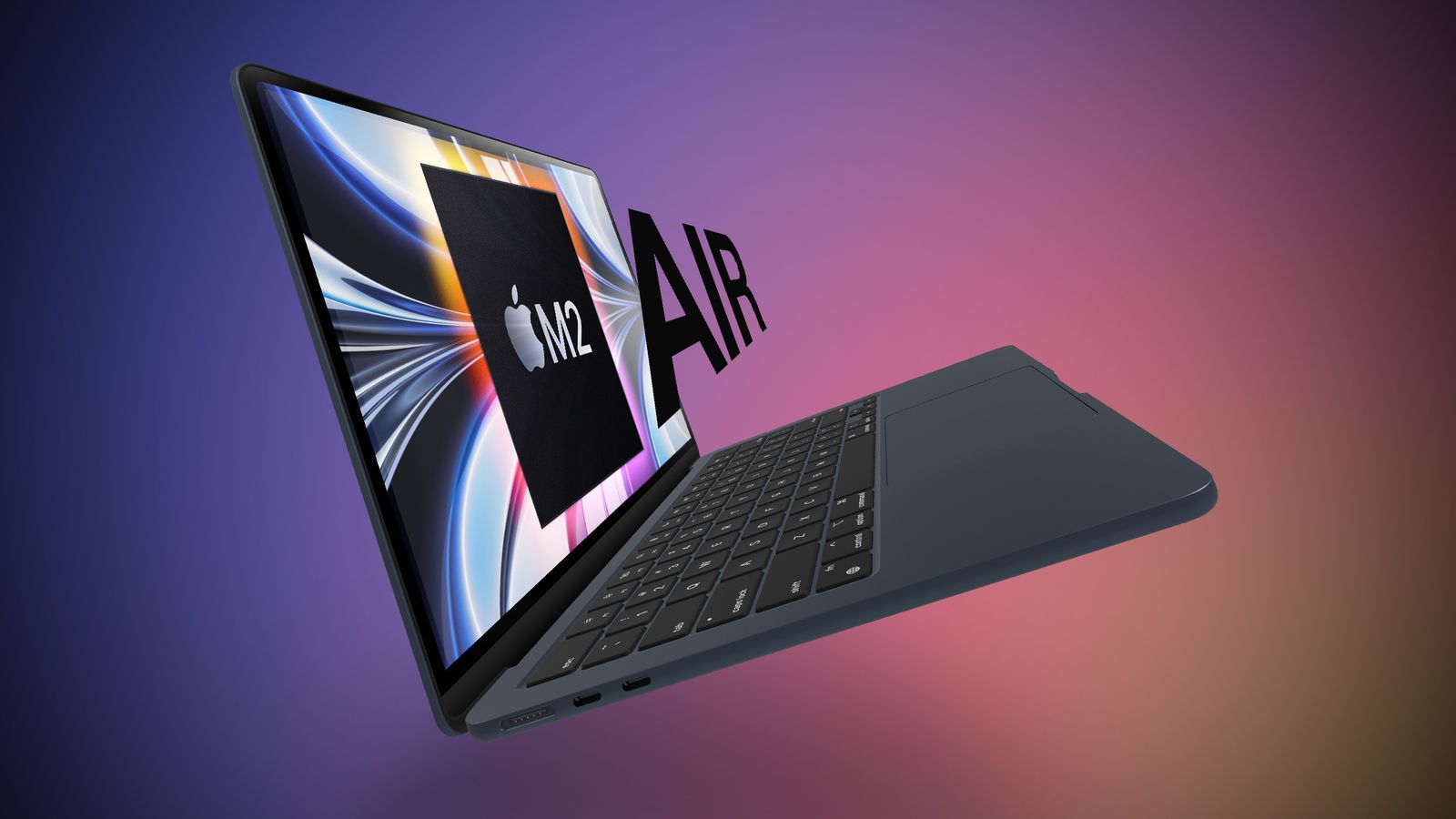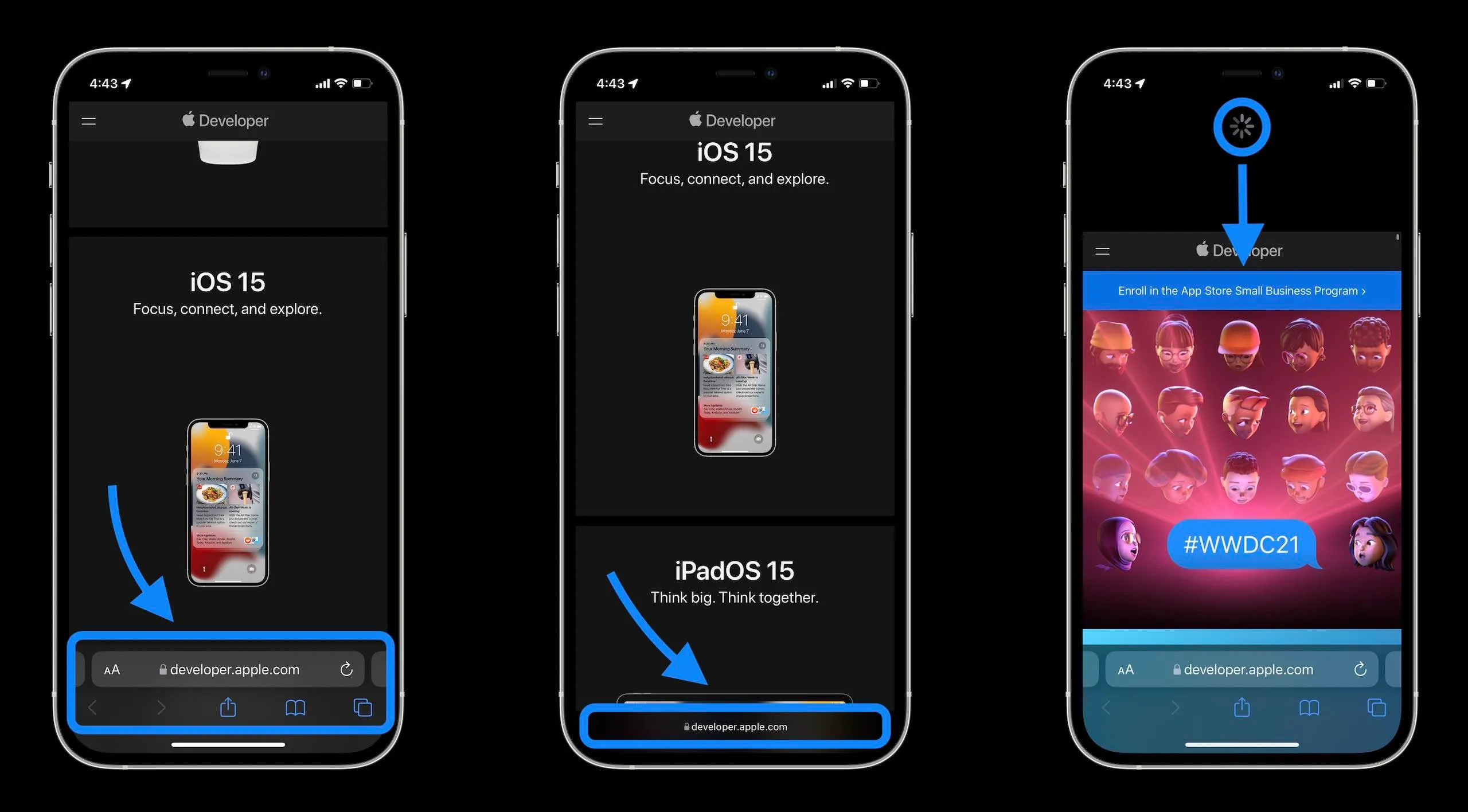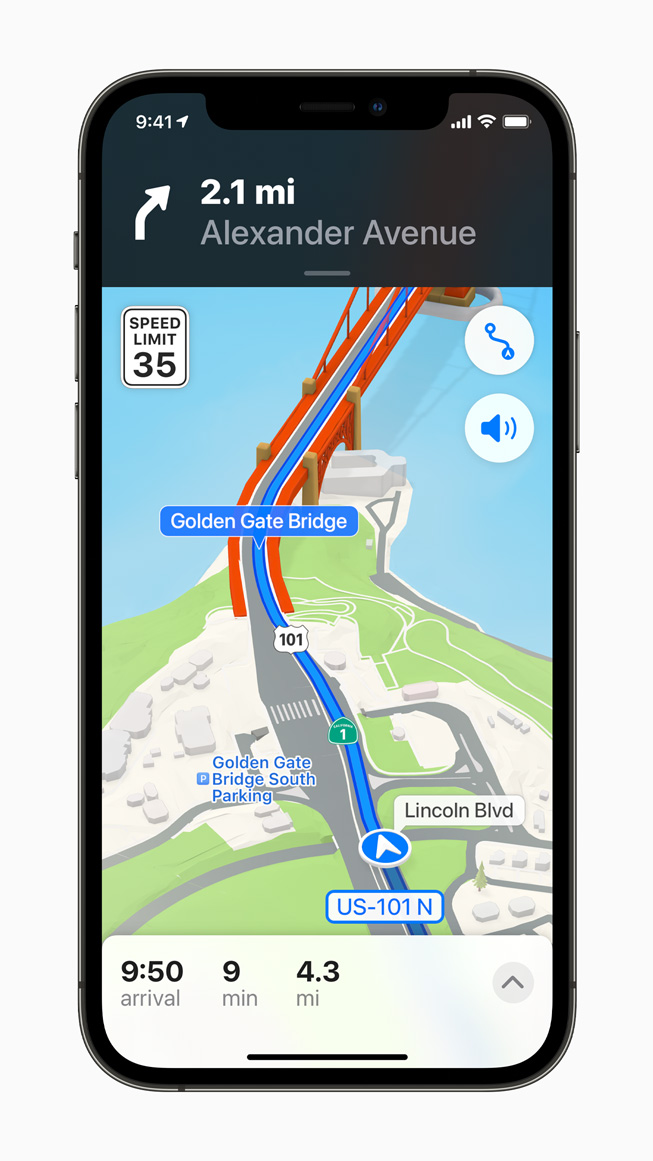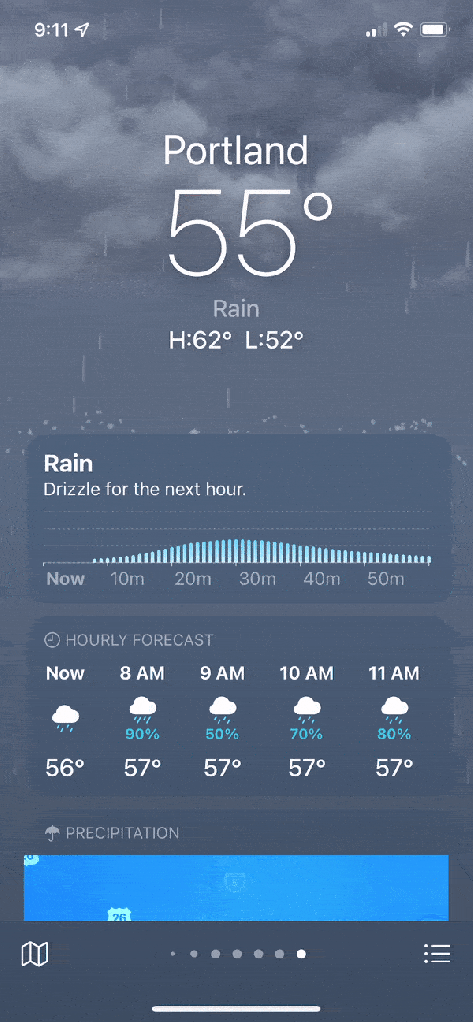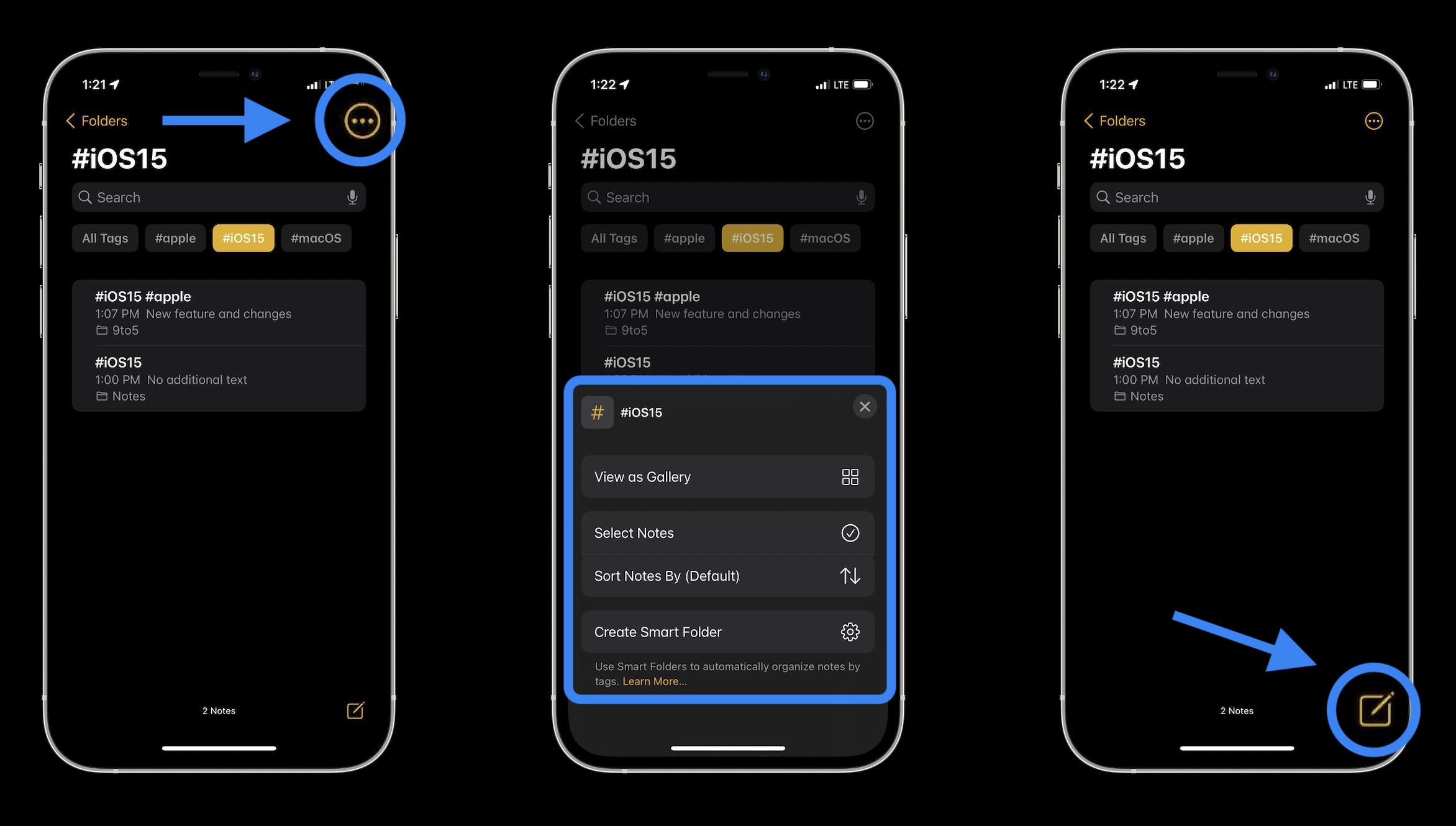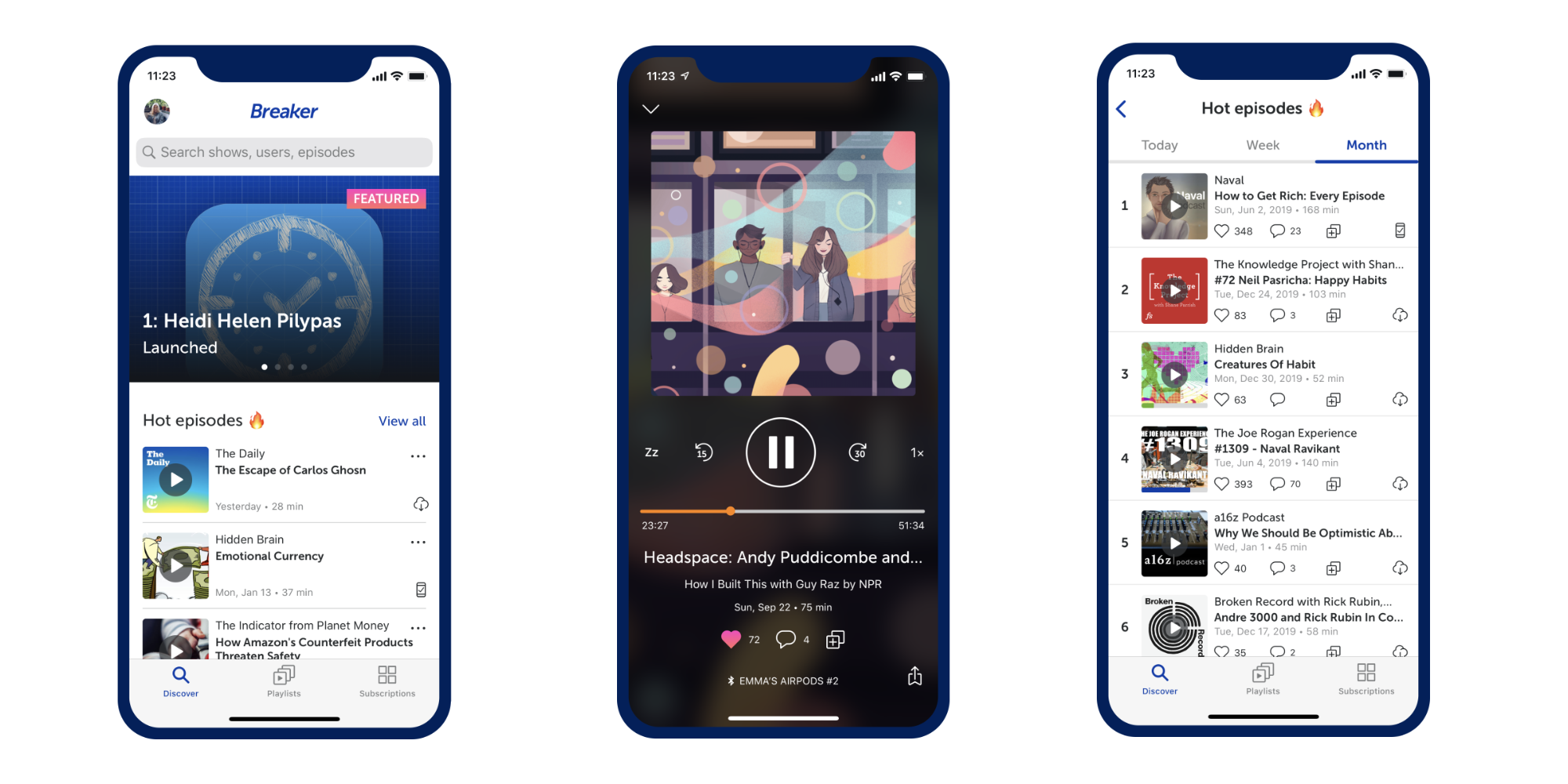LeBron Raymone Jams was born on 30th December 1984 in Akron, Ohio, Cleveland, United States of America. He is a American professional basketball player for the Los Angeles Lakers in the NBA. He is widely considered the best basketball player in history. LeBron James is nicknamed ‘King James,’ ‘The L-Train’ and ‘The Akron Hammer’. The Akron Hammer has won 4 MVPs, 4 championships, 4 finals MVP and 3 All Star MVP and 2 olympic gold medals. LeBron has scored most points in the playoffs, 2nd most in regular season games, 7th in career assists and 10th in career rebounds. He has competed in 10 NBA finals included 8 concessively between 2011-2018. In 2021 he was selected in the NBA 75 team. In 2022 he was the first player in the 10k-10k-10k club (accomplishing 10 thousand or more points, assists and rebounds).
In high school he played basketball for Saint Vincent-Saint Mary high school. In the 2003 NBA draft he selected first overall pick by the Cleveland Cavaliers. In 2004 he was named Rookie of The Year. After failing to win a championship with Cleveland he left as a free agent to the Miami Heat in 2010. James won his first to 2 NBA championships in Miami also earning league MVP and finals MVP in both years. In 2004 he left the Miami Heat to re-sign with Cavaliers. He led his team to a title in 2016 against the Golden State Warriors. In 2018 James left the Cavaliers and joined the Lakers where he earned his 4th title in 2020.
Off the court, LeBron James achieved many things in wealth, movies, books and charity. He is the first basketball player to become a billionaire as an active player. LeBron has been in many books and movies here is a list of some:
- Space Jam
- Hustle
- The LeBrons
- SmallFoot
- More than a Game.
Just to name a few.
Early Life:
LeBron was born 30th December 1984 in Akro, Ohio. His mum was Gloria Marie James. His father had a criminal recored and was not involved in his life. His life was hard growing up by moving apartments to apartments for his mum to find a job. Realising that her son would be better off in a more stable family environment, Gloria allowed him to move in with the family of Frank Walker, a local youth football coach who introduced James to basketball when he was nine years old. He played in basketball team in 5th grade.
High School Career:
As a freshman at Saint Vincent-Saint Mary James averaged 21 pointes and 6 rebounds per game. His team ( The Fighting Irish) went 27-0 making them the only high school basketball team in Ohio to finish undefeated. In his next season he averaged 25.2 points, 7.2 rebounds, 5.8 assists and 3.8 steals per game. The team went 26-1 repeating state champions. He was named Ohio Mr. Basketball and selected to the USA Today All USA First Team. Becoming the first sophomore to do either.
Before the start of his junior year, James was featured in Slam, an American basketball magazine, and writer Ryan Jones lauded him as possibly “the best high school basketball player in America right now”. During the season, James also appeared on the cover of Sports Illustrated, becoming the first high school basketball underclassman to do so. With averages of 29 points, 8.3 rebounds, 5.7 assists, and 3.3 steals per game, he was again named Ohio Mr. Basketball and selected to the USA Today All-USA First Team, and became the first junior to be named male basketball Gatorade National Player of the Year. St. Vincent–St. Mary finished the year with a 23–4 record, ending their season with a loss in the Division II championship game. Following the loss, James unsuccessfully petitioned for a change to the NBA’s draft eligibility rules in an attempt to enter the 2002 NBA draft.
Throughout his senior year, James and the Fighting Irish traveled around the country to play a number of nationally ranked teams, including a game on December 12, 2002, against Oak Hill Academy that was nationally televised on ESPN2. Time Warner Cable, looking to capitalise on James’s popularity, offered St. Vincent–St. Mary’s games to subscribers on a pay-per-view basis throughout the season. For the year, James averaged 31.6 points, 9.6 rebounds, 4.6 assists, and 3.4 steals per game, was named Ohio Mr. Basketball and selected to the USA Today All-USA First Team for an unprecedented third consecutive year, and was named Gatorade National Player of the Year for the second consecutive year. He participated in three year-end high school basketball all-star games—the EA Sports Roundball Classic, the Jordan Capital Classic, and the McDonald’s All-American Game—losing his National Collegiate Athletic Association (NCAA) eligibility and making it official that he would enter the 2003 NBA draft.
Professional Career:
2003-2010 Cleveland Cavaliers
2003-2004 Rookie of The Year:
The King was selected as the first overall pick in 2003 draft by his hometown Cleveland Cavaliers. On his first game against the Sacramento Kings he scored 25 points. He set a NBA record for most points by a player on debut. At the end of the 2003-2004 season he received Rookie of The Year Award. With averages of 20.9 points, 5.5 rebounds, and 5.9 assists per game, he also became the third player in league history to average at least 20 points, 5 rebounds, and 5 assists per game as a rookie. Cleveland ultimately finished the season 35–47, failing to make the playoffs despite an 18-game improvement over the previous year. He was the first Cavalier to win Rookie of the Year.
2004-2008 Rise to superstar:
In the 2004–05 season, James earned his first NBA All-Star Game selection, contributing 13 points, 8 rebounds, and 6 assists in a winning effort for the Eastern Conference. On March 20, James scored 56 points against the Toronto Raptors, setting Cleveland’s new single-game points record.With final averages of 27.2 points, 7.4 rebounds, 7.2 assists, and 2.2 steals per game, he was named to his first All-NBA Team. Despite a 30–20 record to start the year, the Cavaliers again failed to make the playoffs, finishing the season 42–40.
At the 2006 All-Star Game, James led the East to victory with 29 points and was named the NBA All-Star Game Most Valuable Player.His final season averages were 31.4 points, 7 rebounds, and 6.6 assists per game, he also finished second in overall NBA Most Valuable Player Award voting to Steve Nash.Under James’s leadership, the Cavaliers qualified for the playoffs for the first time since 1998. In his postseason debut, James recorded a triple-double in a winning effort versus the Washington Wizards. In Game 3 of the series, he made the first game-winning shot of his career, making another in Game 5. Cleveland would go on to defeat the Wizards before being ousted by the Detroit Pistons in the second round.
In 2006–07, James’s averages declined to 27.3 points, 6.7 rebounds, 6 assists, and 1.6 steals per game. The Cavaliers finished the season with 50 wins for the second consecutive year and entered the playoffs as the East’s second seed.In Game 5 of the Eastern Conference Finals, James scored 48 points with 9 rebounds and 7 assists, scoring 29 of Cleveland’s last 30 points, including the game-winning layup with two seconds left in a double-overtime game against the Pistons. After the game, play-by-play announcer Marv Albert called the performance “one of the greatest moments in playoff history” and colour commentator Steve Kerr described it as “Jordan-esque”. In 2012, ESPN ranked the performance the fourth greatest in modern NBA playoff history. The Cavaliers went on to win Game 6 and claim their first-ever Eastern Conference championship, earning them a matchup with the San Antonio Spurs in the Finals.During the championship round, James struggled, averaging 22 points, 7.0 rebounds, and 6.8 assists per game on just 35.6 percent shooting, and Cleveland was eliminated in a sweep.
In February of the 2007–08 season, James was named All-Star Game MVP for the second time behind a 27-point, 8-rebound, and 9-assist performance. On March 21, he moved past Brad Daugherty as the Cavaliers’ all-time leading scorer in a game against the Raptors, doing so in over 100 less games than Daugherty. His 30 points per game were also the highest in the league, marking his first scoring title. Despite his individual accomplishments, Cleveland’s record fell from the year before to 45–37.Seeded fourth in the East entering the playoffs, the Cavaliers defeated the Wizards in the first round for the third consecutive season before being eliminated in seven games by the eventual-champion Boston Celtics in the next round. During the decisive seventh game in Boston, James scored 45 points. Cleveland got eliminated in 7 games.
2008-2010 MVP seasons:
At the end of the 2008-2009 season, James finished 2nd in the Defensive Player of The Year Award. He was named to the NBA All Defensive Team. He recorded 23 chase down blocks and a career high 93 blocks. He become the fourth player to led their team in points, rebounds, assists, steals and blocks in a single season. Cleveland went a franchise record 66-16. He averaged 8.4 points, 7.6 rebounds, 7.2 assists, 1.7 steals, and 1.2 blocks per game, James became the first Cavalier to win the MVP Award. In the playoffs, Cleveland swept the Detroit Pistons and Atlanta Hawks to earn a matchup against the Orlando Magic in the conference finals.n Game 1 of the series, James scored 49 points on 66 percent shooting in a losing effort for the Cavaliers. In Game 2, he hit a game-winner to tie the series at 1–1. Cleveland would lose the series in six games, and following the loss in Game 6, James immediately left the floor without shaking hands with his opponents, which was an act that many media members viewed as unsportsmanlike. For the series, he averaged 38.5 points, 8.3 rebounds, and 8 assists per game, finishing the postseason with a career playoff-high 35.3 points per game.
In February of the 2009–10 season, James was forced into a temporary point guard role following a series of injuries to players in the Cavaliers’ backcourt. Behind his leadership, Cleveland lost no momentum, finishing the year with the best record in the league for the second consecutive season.Due in part to his increased minutes as the Cavaliers’ primary ball handler, James increased his statistical production, averaging 29.7 points, 7.3 rebounds, 8.6 assists, 1.6 steals, and 1 block per game on 50 percent shooting en route to another MVP Award.To open the playoffs, Cleveland advanced past the Bulls to earn a matchup with the Celtics in the second round. James was heavily criticised for not playing well in Game 5 of the series, shooting only 20 percent on 14 shots and scoring 15 points. The team suffered its worst loss in franchise history, and at the conclusion of the game, James walked off the court to a smattering of boos from Cleveland’s home crowd.The Cavaliers were officially eliminated from the postseason in Game 6, with James posting 27 points, 19 rebounds, 10 assists, and 9 turnovers in the losing effort.
Miami Heat 2010-2014
The Decision:
James became an unrestricted free agent at 12:01 am EDT on July 1, 2010. During this time, he was contacted by several teams, including the Bulls, Los Angeles Clippers, Miami Heat, New York Knicks, New Jersey Nets, and Cavaliers.On July 8, he announced on a live ESPN special titled The Decision that he would sign with the Heat. The telecast was broadcast from the Boys & Girls Club of Greenwich, Connecticut and raised $2.5 million for the charity. An additional $3.5 million was raised from advertising revenue, which was donated to other charities.The day before the special, fellow free agents Chris Bosh and Dwyane Wade also announced that they would sign with Miami; reports later arose that back in 2006 the trio had discussed among themselves their upcoming 2010 free agencies. James decided to join with Bosh and Wade in part so that he could shoulder less of the offensive load; he thought that his improved teammates would give him a better chance of winning an NBA championship than had he stayed in Cleveland. Heat president Pat Riley played a major role in selling James on the idea of playing with Bosh and Wade.James would be relieved of the burden of scoring, and he thought he could be the first player since Oscar Robertson to average a triple-double in a season.
Upon leaving the Cavaliers, James drew intense criticism from sports analysts, executives, fans, and current and former players. The Decision itself was also scrutinised and viewed as unnecessary. Many thought that the prolonged wait for James’s choice was unprofessional as not even the teams courting him were aware of his decision until moments before the show. Upon learning that James would not be returning to Cleveland, Cavaliers owner Dan Gilbert published an open letter to fans in which he aggressively denounced James’s actions. Some angry fans of the team recorded videos of themselves burning his jersey. Former NBA players, including Michael Jordan and Magic Johnson, were also critical of James, condemning him for joining with Bosh and Wade in Miami and not trying to win a championship as “the man”.James drew further criticism in a September interview with when he claimed that race might have been a factor in the fallout from The Decision. As a result of his actions during the 2010 free agency period, he quickly gained a reputation as one of America’s most disliked athletes, which was a radical change from prior years. The phrase “taking my talents to South Beach” became a punch line for critics. In retrospect, James has expressed some regret over his handling of The Decision.
2010-2011 Year of Media and Fan Scruntiy:
James officially signed with the Heat on July 10, 2010, through a sign-and-trade deal which sent two second and two first round draft picks to the Cavaliers and gave the team the option to swap first round picks with the Heat in 2012. As part of the first player-created NBA superteam he became only the third reigning MVP to change teams and the first since Moses Malone in 1982.That evening, the Heat threw a welcome party for their new “big three” at the American Airlines Arena.
To begin the year, the Heat struggled to adjust to these new circumstances, going only 9–8 after 17 games. On December 2, James faced his former team the Cavaliers in at their home stadium (Cleveland) for the first time since departing as a free agent.He scored 38 points and led Miami to a win while being booed every time he touched the ball. The Heat eventually turned their season around and finished as the East’s second seed, with James averaging 26.7 points, 7.5 rebounds, and 7 assists per game on 51 percent shooting.
In the Conference Semifinals, James and his teammates found themselves matched up with the Celtics for the second consecutive year. In Game 5, he scored Miami’s last ten points to help seal a series-clinching win, to advance to the finals.
The Heat eventually advanced to the Finals, where they were defeated by the Dallas Mavericks in six games. James received the brunt of the criticism for the loss, averaging only three points in fourth quarters in the series.His Finals scoring average of 17.8 points per game signified an 8.9-point drop from the regular season, the largest point drop-off in league history.
2011-2013 Back to Back Championships:
The 2011–12 season was delayed by the 2011 NBA lockout. That summer, James worked with Hakeem Olajuwon in order to improve his post up game. Years later, James revealed that during the lockout he received contract offers to play professional football from the Dallas Cowboys and the Seattle Seahawks and that he gave the idea of playing football serious consideration.
Humbled by the Heat’s loss to the Mavericks, the experience inspired James to leave behind the villain role that he had been embracing, which helped him regain a sense of joy on the court. Behind James’s expanded skillset, Miami began the year with a franchise-best 18–6 record.He was eventually named MVP for the third time, finishing with averages of 27.1 points, 7.9 rebounds, 6.2 assists, and 1.9 steals per game on 53 percent shooting.
In the second round of the playoffs, Miami temporarily lost Bosh to an abdominal injury and found themselves trailing the Indiana Pacers 2–1. James responded with a 40-point, 18-rebound, and 9-assist outing in Game 4 to help even the series. Facing elimination in Game 6, James recorded 45 points and 15 rebounds to lead the Heat to victory in what The New York Times called a “career-defining performance”.[140] Miami won Game 7 to advance to the Finals, earning them a matchup with the Oklahoma City Thunder and James’s budding rival Kevin Durant. Late in Game 4 of the series, James hit a three-pointer to give the Heat a lead, helping them win the game despite missing time with leg cramps.[142] In Game 5, he registered a triple-double as Miami defeated Oklahoma City for their second-ever championship and James’s first championship. James was unanimously voted the Bill Russell NBA Finals Most Valuable Player with averages of 28.6 points, 10.2 rebounds, and 7.4 assists per game.[144] His full postseason run, in which he averaged 30.3 points, 9.7 rebounds, and 5.6 assists per game,
In the second round of the playoffs, Miami temporarily lost Bosh to an abdominal injury and found themselves trailing the Indiana Pacers 2–1. James responded with a 40-point, 18-rebound, and 9-assist outing in Game 4 to help even the series. Facing elimination in Game 6, James recorded 45 points and 15 rebounds to lead the Heat to victory in what The New York Times called a “career-defining performance”.Miami won Game 7 to advance to the Finals, earning them a matchup with the Oklahoma City Thunder and James’s budding rival Kevin Durant.Late in Game 4 of the series, James hit a three-pointer to give the Heat a lead, helping them win the game despite missing time with leg cramps.In Game 5, he registered a triple-double as Miami defeated Oklahoma City for their second-ever championship and James’s first championship.James was unanimously voted the Bill Russell NBA Finals Most Valuable Player with averages of 28.6 points, 10.2 rebounds, and 7.4 assists per game. His full postseason run, in which he averaged 30.3 points, 9.7 rebounds, and 5.6 assists per game,
In February of the 2012–13 season, James averaged 29.7 points and 7.8 assists per game while setting multiple shooting efficiency records. That same month, the Heat also began a 27-game winning streak, which is the third longest in NBA history. Miami eventually finished the year with a franchise and league best 66–16 record, and James was named MVP for the fourth time, falling just one vote shy of becoming the first player in NBA history to win the award unanimously. His final season averages were 26.8 points, 8 rebounds, 7.3 assists, and 1.7 steals per game on 56.5 percent shooting.
In Game 1 of the Conference Finals, James scored a buzzer-beating layup to give Miami a one-point victory against the Pacers. Despite these struggles, the Heat advanced to the Finals for a meeting with the Spurs, signifying a rematch for James from his first Finals six years earlier. At the beginning of the series, he was criticised for his lack of aggressiveness and poor shot selection as Miami fell behind 2–3. In Game 6, he recorded his second triple-double of the series, including 16 fourth quarter points, to lead the Heat to a comeback victory. In Game 7, he tied the Finals record for most points scored in a Game 7 victory, leading Miami over San Antonio with 37 points. He was named Finals MVP for the second straight season, averaging 25.3 points, 10.9 rebounds, 7 assists, and 2.3 steals per game for the championship round.
2013–2014: Final season in Miami
On March 3 of the 2013–14 season, James scored a career-high and franchise-record 61 points in a game against the Charlotte Bobcats. James finished the season with averages of 27.1 points, 6.9 rebounds, and 6.4 assists per game on 56.7 percent shooting. In the second round of the playoffs, he tied a career postseason-high by scoring 49 points in Game 4 against the Brooklyn Nets. In the next round, Miami defeated the Pacers to earn their fourth consecutive Finals berth, becoming one of only four teams in NBA history to do so. In Game 1 of the Finals, James missed most of the fourth quarter because of leg cramps, helping the Spurs take an early series lead. In Game 2, he led the Heat to a series-tying victory with 35 points on a 64 percent shooting rate. San Antonio eventually eliminated the Heat in five games, ending Miami’s quest for a three-peat. For the Finals, James averaged 28.2 points, 7.8 rebounds, and 2.0 steals per game.
Return to the Cavaliers (2014–2018)
2014–2016: Ending Cleveland’s championship drought:
In January of the 2014–15 season, James missed two weeks due to left knee and lower back strains, which at the time represented the longest stretch of missed games in his career. In total, he played a career-low 69 games and his final averages were 25.3 points, 6 rebounds, and 7.4 assists per game. In the second round of the playoffs, he hit a baseline jumper at the buzzer to give Cleveland a 2–2 series tie with the Bulls. In the Conference Finals, the Cavaliers defeated the Hawks to advance to the Finals, making James the first player since the 1960s to play in five consecutive Finals. For most of the Finals against the Golden State Warriors, Irving and Love were sidelined due to injury, giving James more offensive responsibilities. Behind his leadership, the Cavaliers opened the series with a 2–1 lead before being eliminated in six games. Despite the loss, he received serious consideration for the Finals MVP Award, averaging 35.8 points, 13.3 rebounds, and 8.8 assists per game for the championship round.
During the 2015–16 season, Cleveland finished the year with 57 wins and the best record in the East. James’s final averages were 25.3 points, 7.4 rebounds, and 6.8 assists per game on 52 percent shooting. In the playoffs, the Cavaliers advanced comfortably to the Finals, losing only two games en route to a rematch with the Warriors, who were coming off a record-setting 73-win season.
To begin the series, Cleveland fell behind 3–1, including two blowout losses. James responded by registering back-to-back 41 point games in Games 5 and 6, leading the Cavaliers to two consecutive wins to stave off elimination. In Game 7, he posted a triple-double and made a number of key plays, including “The Block” on Andre Iguodala, as Cleveland emerged victorious, winning the city’s first professional sports title in 52 years and becoming the first team in NBA history to come back from a 3–1 series deficit in the Finals.James became just the third player to record a triple-double in an NBA Finals Game 7, and behind series averages of 29.7 points, 11.3 rebounds, 8.9 assists, 2.3 blocks, and 2.6 steals per game, he also became the first player in league history to lead both teams in all five statistical categories for a playoff round, culminating in a unanimous Finals MVP selection.
2016–2018: End of second stint in Cleveland:
The 2016–17 season had lots of injuries and unexpected losses for the Cavaliers. The Cavaliers finished the season as the East’s second seed, with James averaging 26.4 points and career highs in rebounds (8.6), assists (8.7), and turnovers (4.1) per game.In Game 3 of the first round of the playoffs, he registered 41 points, 13 rebounds, and 12 assists against the Pacers, leading Cleveland to a comeback victory after trailing by 25 points at halftime, representing the largest halftime deficit overcome in NBA playoff history. In Game 5 of the Conference Finals against the Celtics, James scored 35 points and surpassed Michael Jordan as the league’s all-time postseason scoring leader. The Cavaliers won the game and the series, advancing to the Finals for the third consecutive time against the Warriors, who had signed James’s rival Kevin Durant during the off-season. Behind averages of 33.6 points, 12 rebounds, and 10 assists per game, James became the first player to average a triple-double in the Finals, but Cleveland was defeated in five games.
Prior to the start of the 2017–18 season, the Cavaliers overhauled their roster by trading Kyrie Irving to the Celtics, who requested a trade in part because he no longer wanted to play with James. After a slow start to the year, Cleveland rebounded by winning 18 of 19 games in December. Their turnaround began with a victory over the Wizards on November 3 where James scored 57 points, which represented the second-highest point total of his career and tied a franchise record. James won his third NBA All-Star Game MVP award after posting 29 points, 10 rebounds, 8 assists, and several key plays to help Team LeBron win 148–145 over Team Curry. Following another round of trades in February, Cleveland returned to form and James reached a number of historical milestones; on March 30, he set an NBA record with 867 straight games scoring in double digits. James eventually finished the season with averages of 27.5 points, 8.6 rebounds, 9.2 assists, and 4.2 turnovers per game.
In the playoffs, James guided the Cavaliers to another Finals rematch with the Warriors. Along the way, he had some of the most memorable moments of his career, including a game-winning shot against the Pacers and another against the Raptors. In the first game of the Finals, James scored a playoff career-high 51 points, but Cleveland was defeated in overtime. The Cavaliers lost the series in four games, with James averaging 34 points, 8.5 rebounds, and 10 assists per game for the Finals.
Los Angeles Lakers (2018–present)
2018–2019: Injury and playoff miss:
The Lakers expected James to make them championship contenders again after having missed the playoffs since 2014 and not appearing in the Finals since 2010. Following his signing, the team rounded out their roster with a controversial collection of playmakers and veterans. To begin the 2018–19 season, the team struggled to find effective lineups and recorded only two wins through their first seven games.In November, they began a turnaround, which included two of James’s strongest performances of the season. On November 14, he registered 44 points, 10 rebounds, and nine assists in a victory against the Portland Trail Blazers.On November 18, he scored a season-high 51 points in a win over the Heat. After blowing out the Warriors on Christmas Day, Los Angeles improved their record to 20–14, but James suffered a groin injury, the first major injury of his career. He missed a then-career-high 17 consecutive games, and the Lakers fell out of playoff contention without him. The team was unable to recover and failed to qualify for the postseason after a 106–111 loss to the Brooklyn Nets on March 22, 2019, marking the first time that James missed the playoffs since 2005 and the first time he failed to reach the Finals since 2010.
2019–2020: Fourth NBA championship:
During the offseason, the Lakers hired Frank Vogel as their new head coach, and traded the majority of their young core to the Pelicans for superstar big man Anthony Davis. James immediately embraced Los Angeles’s much-improved roster by transforming his playing style, moving to full-time point guard, and competing with a more consistent defensive effort.Behind James’s leadership, the Lakers opened the 2019–20 season with a 17–2 record, matching the best start in franchise history. On January 25, 2020, James passed team legend Kobe Bryant for third on the all-time regular season scoring list. In early March, before the season was suspended due to the COVID-19 pandemic .James ended the regular season as the league leader in assists for the first time in his career, averaging 10.2 assists per game. James earned a record 16th All-NBA Team selection as part of the First Team, extending his record First Team selections to 13.
The Lakers entered the playoffs as the No. 1 seed in the West and advanced to the Finals convincingly, with only three total losses along the way. In Game 5 of the Conference Finals against the Nuggets, James helped clinch the conference championship by scoring a game-high 38 points, including 16 in the fourth quarter. In the Finals, James and his teammates found themselves matched up with his former team, the Heat, and quickly took control of the series with a 2–0 lead.In Game 5, James had his best statistical performance of the Finals with 40 points, 13 rebounds, and 7 assists in a memorable duel with Miami’s star player Jimmy Butler, but Los Angeles was ultimately defeated in a three-point game. The Lakers finally eliminated the Heat in Game 6, which earned James, who averaged 29.8 points, 11.8 rebounds, and 8.5 assists per game during the series, his fourth NBA championship and fourth Finals MVP award. At 35 years and 287 days old, he became the second-oldest player in league history to win the award, and the only player in NBA history to win the award with three different franchises.


